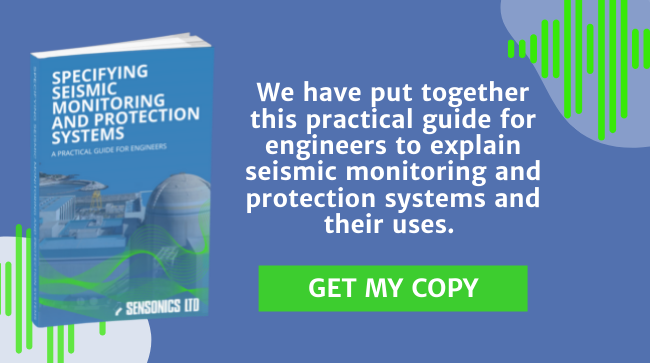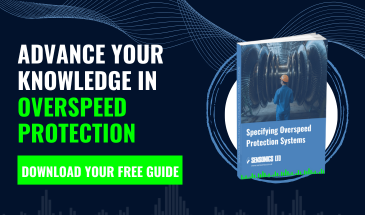6 Things You Need To Know For Accurate Vibration Measurements
Vibration monitoring plays an essential part of predictive maintenance for turbines and rotating machinery, alerting your machine operatives to the earliest signs of component or equipment failure so that timely preventative or remedial action can be taken. However, it’s vital that vibration measurements are accurate to prevent mistakes.
To improve the accuracy of your monitoring system, take the following six factors into account:
1) Understand Your Equipment
If you’re implementing a vibration monitoring system for rotating machinery, it’s necessary to understand the design and position of the shaft, as this will influence the way that vibration measurements are interpreted. Ball bearings and plain bearings require vibrations to be measured in different ways, so understanding the workings of rotating machinery will enable accurate interpretation of readings.
2) Take Local Conditions Into Account
Some accelerometers cannot be used in environments where extremes of surface or ambient temperature prevail. Integrated Electronics Piezo Electric (IEPE) devices (a blanket term for any 2 wire, constant current drive sensor) are suitable for machine condition monitoring or machine control at temperatures up to 80°C, 120°C, or 140°C, depending on the model. If you require sensors for high-temperature machinery, such as gas turbines, vessels, or pipes, then Non-IEPE sensors with external charge amplifiers can be used for temperatures up to 200°C, 240°C, or 450°C – again depending on the model specs. Some high-temperature sensors feature what would appear to be an IEPE interface as far as the equipment they are being connected to would be configured, even though they have the external electronics and charge amplifier of a non-IEPE device.
3) Select Sensors With The Appropriate Frequency Response For The Application
The frequency response of a sensor is vital for obtaining accurate measurements. In some applications, vibration frequency can be extremely low, even below 0.5Hz. At Sensonics, we manufacture a low-frequency accelerometer for frequencies down to 0.1Hz, and provide high output devices up to 500mV/g for accelerometers, and 50V/g for seismometers.
4) Avoid Induced Vibration From Components
Accurate vibration monitoring requires the sensor to be mounted on the component in question, but vibration from other parts must be avoided to eliminate the possibility of irregular or erroneous readings. When laying the sensor cable, exercise care and fix it securely at several points, as free-flying cables can cause additional vibration, distorting the signal.
5) Eradicate Noise In The Signal
A ground loop may cause noise in the measurement signal, particularly at 4-20mA, as interference can be transmitted. A ground loop may occur when a common line, such as the signal return or shield, is grounded at points of contrasting electric potential. Aim to avoid ground loops by using electrically-isolated sensing elements whenever possible.
6) Ensure Correct Installation
A key factor for guaranteeing accurate vibration measurements is correct sensor installation, in particular the way in which the devices are fixed to the machine. The surface needs to be flat and smooth, and the threaded mounting hole must be threaded deep enough to accommodate the full length of the stud before bottoming out, the device must also be perpendicular to the mounting face so that when the sensor is threaded into the hole, the mounting faces meet all round at the same time (not on one side first, as when the sensor is torqued down to the manufacturer’s recommendations).
Vibration Monitoring Solutions From Sensonics
Sensonics are one of the UK’s leading manufacturers of vibration monitoring systems, turbine supervisory, and high-integrity protection equipment to a range of industries and, with over 40 years’ experience, we can match the right products to your business’s needs. For more information, please get in touch today by phone or email.
Image Source: Unsplash
.webp)


